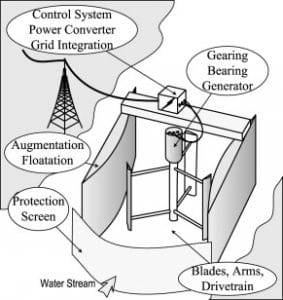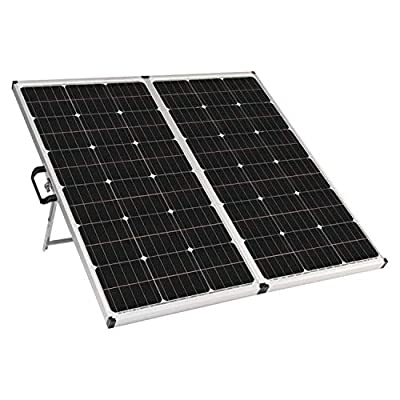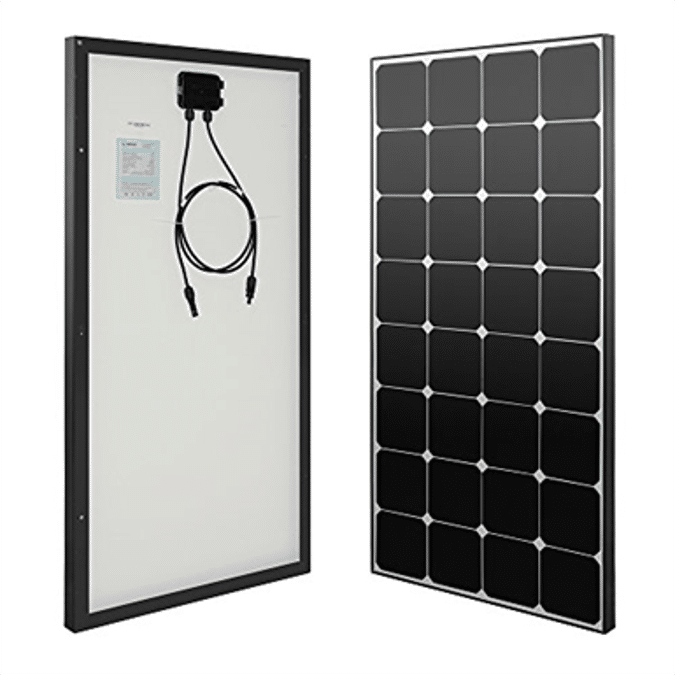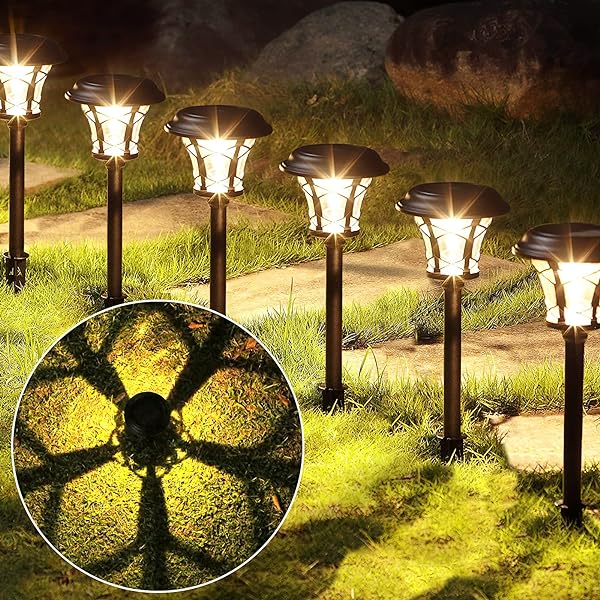What is Hydrokinetic Energy?
Hydrokinetic Energy can also be understood as underwater windmills. It uses the force of moving water to generate electricity. The current of the water powers the electrical generators and converts the kinetic energy of the tide into electrical energy.
Unlike traditional dams, hydrokinetic energy projects do not obstruct the water flow. The hydrokinetic energy device is set underwater, in areas where the water ecosystem is not so delicate.
The hydrokinetic energy generators installed in the river and along the coastal area allow for the device to be connected to the power utilities and infrastructure. As a result, the local communities may receive uninterrupted access to clean, renewable energy sources.

Advantages of Hydrokinetic Energy
- The device does not contribute to greenhouse gases.
- Also, it is one of the efficient energy sources.
- Hydrokinetic energy devices have very little effect on the local environment depending upon the geography of a site.
- The natural sources of hydrokinetic energy are generally predictable and unaffected by weather variability.
- Hydrokinetic turbines have the potential to generate forty times more power than wind turbines of similar sizes.
Disadvantages of Hydrokinetic Energy
- Hydrokinetic energy projects may become rigid in the river channels and inland waterways because the usable space is limited.
- Energy systems based on rivers do not provide constant flow of energy.
- Ocean-based energy systems may pose undesirable effects on mammals, fish immigration, and marine eco-system.
Hydrokinetic energy is a powerful step towards a clean future. This project may lead to a decrease in the dependency on oil.
In spite of the few disadvantages of hydrokinetic energy, Hydrokinetic Energy represents one of the cleanest and greenest energies in today’s world.





